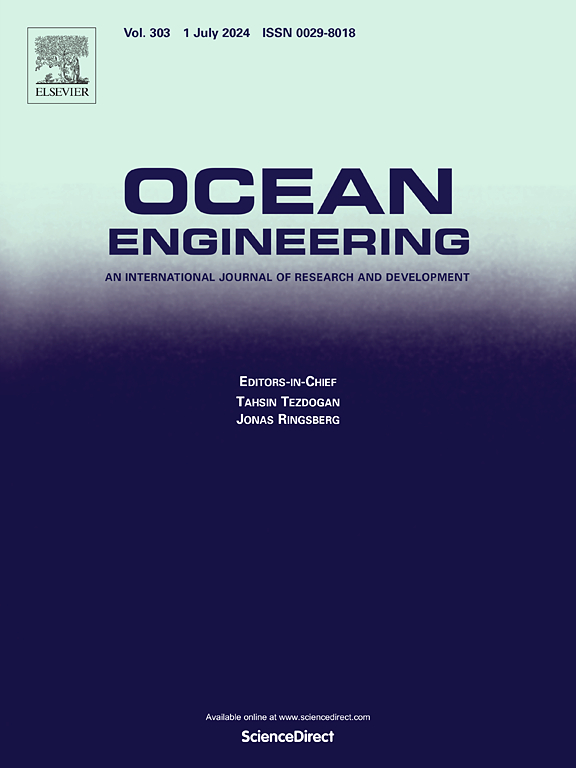STAD:利用动态模式聚类进行海洋船舶轨迹异常检测
IF 4.6
2区 工程技术
Q1 ENGINEERING, CIVIL
引用次数: 0
摘要
随着海上交通量的不断增加,开发高效、准确的船舶轨迹异常检测模型已成为确保海上运输安全的关键。海洋环境的高度复杂性和多变性导致船舶轨迹模式多种多样,因此学习有效的轨迹表征以准确识别异常具有挑战性。因此,我们提出了一种名为 STAD 的无监督深度学习模型,用于海洋中的船舶轨迹异常检测,以应对这一挑战。具体来说,STAD 利用基于偏移重构的表示学习和深度高斯混合模型(GMM)估计网络来学习船舶轨迹的底层复杂聚类模式,并利用所学模式来增强轨迹异常检测。在多个 AIS 数据集上进行的广泛实验表明,我们的模型在检测多种具有代表性的船舶轨迹异常类型(包括移位偏差、异常航向和异常航速)方面明显优于现有方法。这项研究有助于密切监控船舶运动状态,提前发现异常行为,从而有利于海上安全。本文章由计算机程序翻译,如有差异,请以英文原文为准。
STAD: Ship trajectory anomaly detection in ocean with dynamic pattern clustering
With the continuous increase of maritime traffic, developing an efficient and accurate model for ship trajectory anomaly detection has become crucial for ensuring maritime transportation safety. The high complexity and variability of the marine environment lead to diverse ship trajectory patterns, making it challenging to learn effective trajectory representations for accurately identifying anomalies. We thus proposed an unsupervised deep learning model called STAD for ship trajectory anomaly detection in ocean to address this challenge. Concretely, STAD leverages offset reconstruction-based representation learning and a deep Gaussian Mixture Model (GMM) estimation network to learn the underlying complex clustering patterns of ship trajectories and utilize the learned patterns to enhance trajectory anomaly detection. Extensive experiments on multiple AIS datasets indicate that our model significantly outperforms existing methods in detecting multiple representative types of ship trajectory anomalies, including shift deviation, abnormal heading, and abnormal speeding. This study could help closely monitor the status of ship movement and detect abnormal behaviors in advance, thus benefiting maritime safety.
求助全文
通过发布文献求助,成功后即可免费获取论文全文。
去求助
来源期刊

Ocean Engineering
工程技术-工程:大洋
CiteScore
7.30
自引率
34.00%
发文量
2379
审稿时长
8.1 months
期刊介绍:
Ocean Engineering provides a medium for the publication of original research and development work in the field of ocean engineering. Ocean Engineering seeks papers in the following topics.
 求助内容:
求助内容: 应助结果提醒方式:
应助结果提醒方式:


